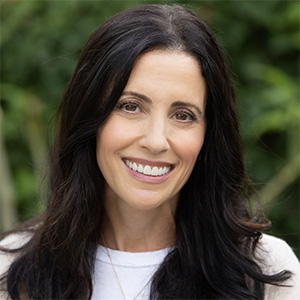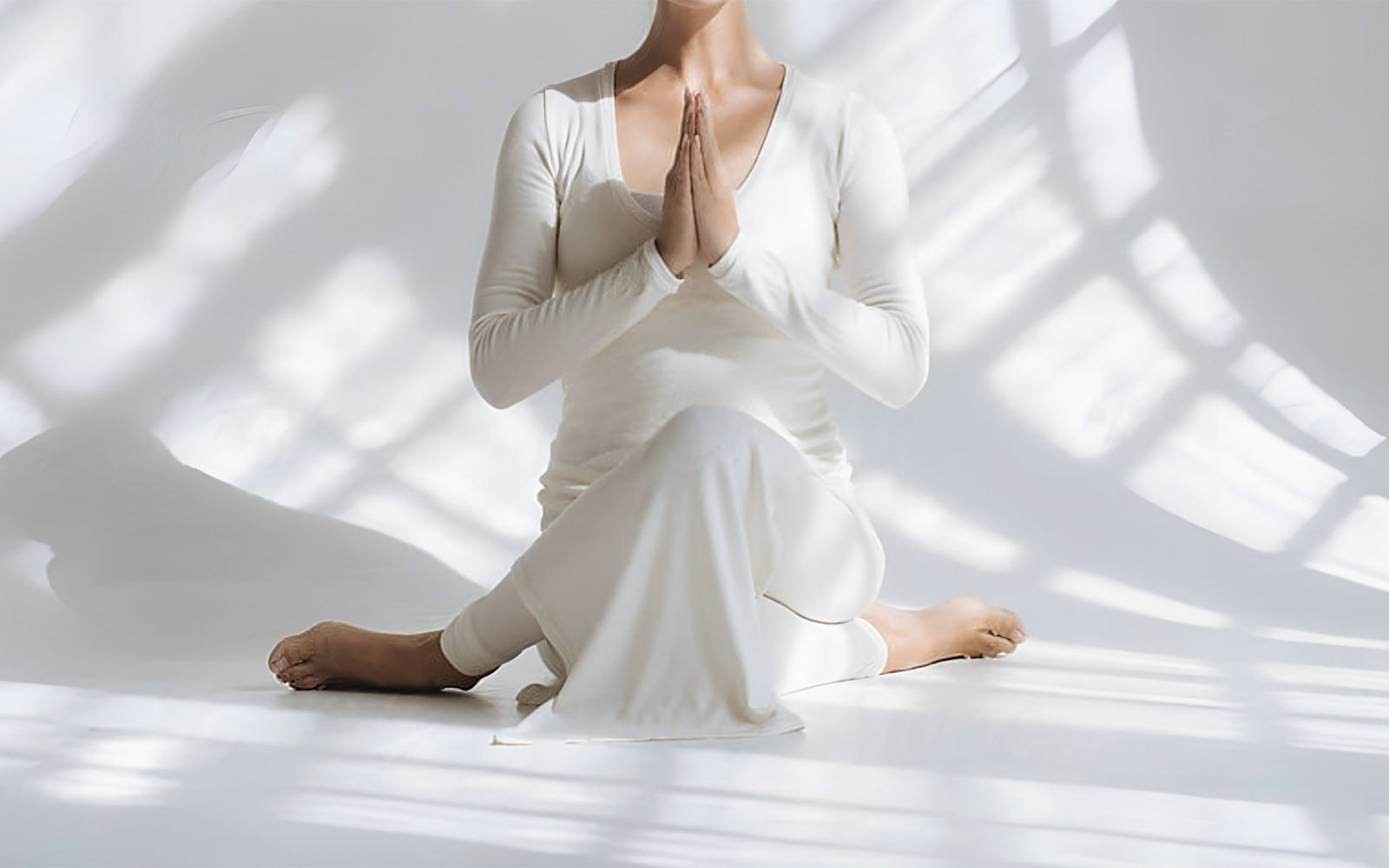My husband hates yoga. My best friend from college can’t stand it either.
“I always tweak something when I try it,” my husband says.
“I’m miserable the entire time,” says my girlfriend.
How can two of my favorite people despise something I love so much? And why is yoga so controversial even though it’s more popular and mainstream than ever?
I started investigating these questions but the answers I found led me down a yogi vortex that made my own eyes roll.
When things get too complicated, it’s time to back off.
The truth is always simple, this healing journey has taught me.
Full disclosure: I turned to yoga in desperation after my son passed away.
I had stabbing pains in my upper back; my breathing was labored; and I couldn’t eat or sleep. My emotions were wreaking havoc on my body, and I knew if I didn’t find a way to move grief through my body, I’d get too sick for any doctor to fix me.
In that moment of realization, a yoga instructor who I considered a friend, texted me and said she had heard about what happened to my son and asked how she could help.
“Come over,” I texted her back. “Help me move energy through my body.”
Suddenly, yoga had nothing to do with black tights and cropped tanks. Nor was it about a specific technique, or how far I could stretch. Yoga was a way to find my breath, calm my nerves, and maybe even ground myself.
“You are not in your body,” Joan the yoga instructor told me when I stretched my arms to the side and tried to balance on my bare feet planted shoulder distance apart.
Seeing I was too wobbly to stand, she led me through a few simple “restorative” yoga poses that I held for like fifteen minutes each. The first was “child’s pose” – everyone’s favorite because it’s easy and feels the best.
The second required me to lie on my back with my legs resting straight up against a wall to reverse blood flow and increase circulation.
The last was “Shavasana”- lying flat on my back with eyes closed. One might argue it’s no pose at all, and yet every “serious” yogi will tell you it may just be the most important one.
These gentle yoga poses were the antithesis of the proverbial handstands, backbends, and standing splits that make yoga intimidating and unnecessarily challenging for so many of us. Still, each simple pose opened-up space in my joints and muscles so grief could move through them as fresh energy flowed in.
I didn’t know this at the time, but author and doctor Bessel Van Der Kolk writes in his bestselling book, The Body Keep the Score, that research shows that “ten weeks of yoga practice markedly reduced PTSD symptoms of patients who failed to respond to any medication or to any other treatment.”
What kind of yoga?
I suppose whatever kind we like.
Yoga isn’t just about the poses. It’s also about the community it offers, even if you rarely speak to another soul in class.
After a few sessions at home with Joan, I knew I needed community and made my way to “hot” yoga classes down the street- the gentlest I could find. With my ego flattened by loss, I gravitated toward classes that played soft music and were taught by bright-eyed college students who cared little about perfection and more about a good time.
“We progress further and faster together,” a young but wise instructor said in one of my first classes. I could have sworn he was talking directly to me.
Class after class, these twenty-year-old instructors encouraged us to “flow” at whatever pace we wanted. They said we could adjust our poses in whatever way felt right for our own bodies. And they even suggested that if all we did was lie down in “Shavasana” the entire time, it was not only a win, but also still yoga.
As the heat from the room opened my pores and forced grief to ooze out of them, I found a level of presence that took my mind off my circumstances for seconds at a time. After a couple months of regular class attendance, seconds of presence turned into minutes, until a few years later I could maintain focus for an entire hour.
As yoga quietly taught me presence and how to breathe and stretch my tension, stress, and grief away, it also provided a roadmap for how to be “me.”
Who could I possibly be now? I wondered in those early days after loss. My son’s departure had transformed every cell in my body, so I could no longer be the person I was before.
Soon it was yoga that encouraged me to find my own flow. It was yoga that challenged me to respect my body and not compare myself to others next to me. And it was yoga that made me realize that I could be part of a community but move and feel and act differently.
It is now nearly six years since the day Joan showed up at my house in my greatest moment of need. I’m a lot stronger now than I was back then, both physically and emotionally. Still, I admit, I attend the same community hot yoga classes down the street with a revolving door of college students teaching them because I appreciate that yoga doesn’t have to be hard to be beneficial.
Life is hard enough. So, I make a conscious choice to engage in activities that are “easy and fun.”
Whether I go into a yoga studio or take a free online class, that’s the only kind of yoga I practice.
So, if you are a yoga hater, like my husband and best friend from college…or if you are interested in healing, growing, or transforming, maybe take a closer look at this incredibly accessible form of fitness for the body, mind, and spirit.
Yoga can be whatever we want it to be. That’s part of its magic, and, in my opinion, part of the fun.


PS: I was recently on Fox LA to talk about Tommy’s Field (my memoir), and I’m sharing a link here for anyone who is new to this community and would like to see how healing serving can be.






